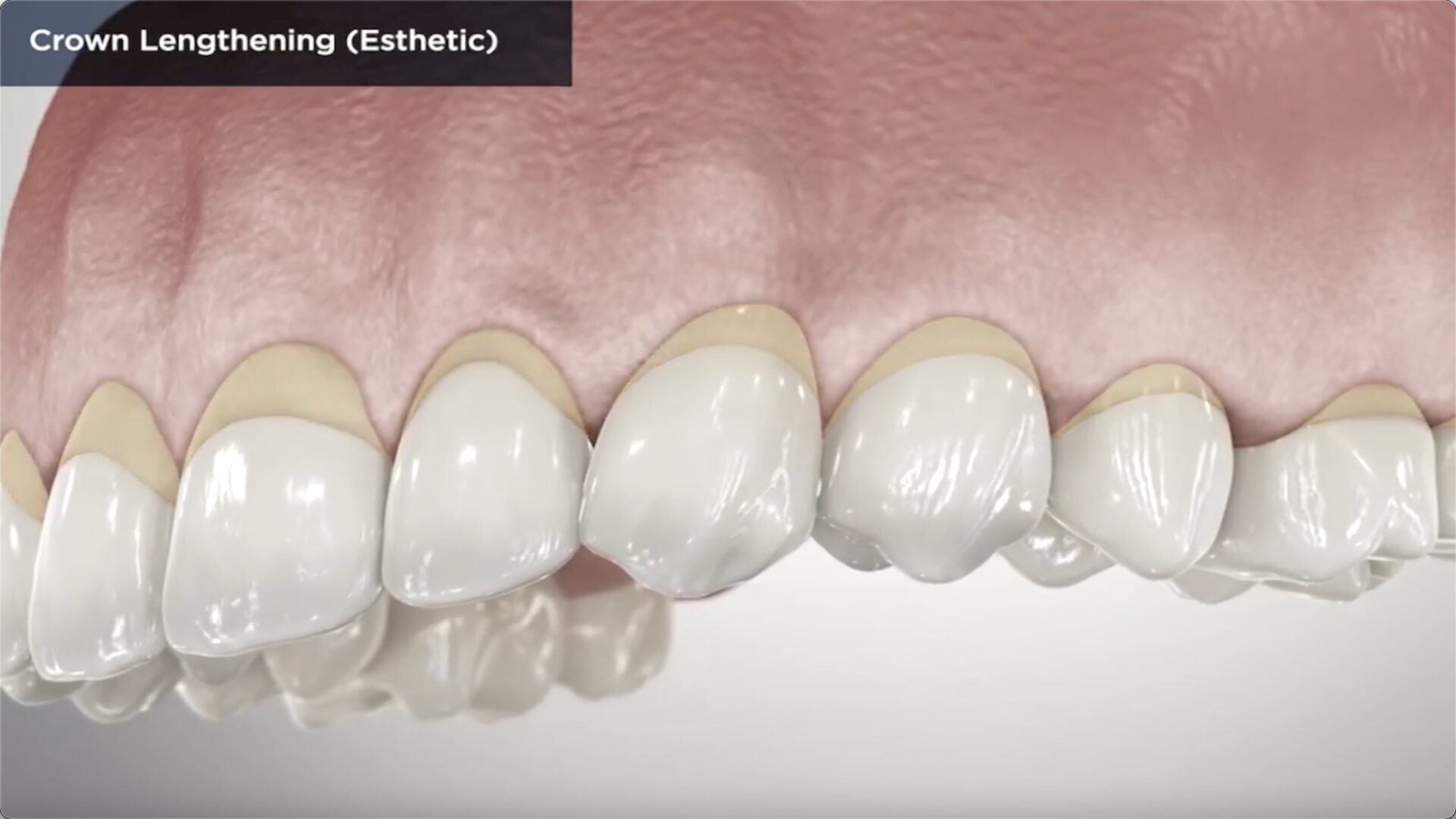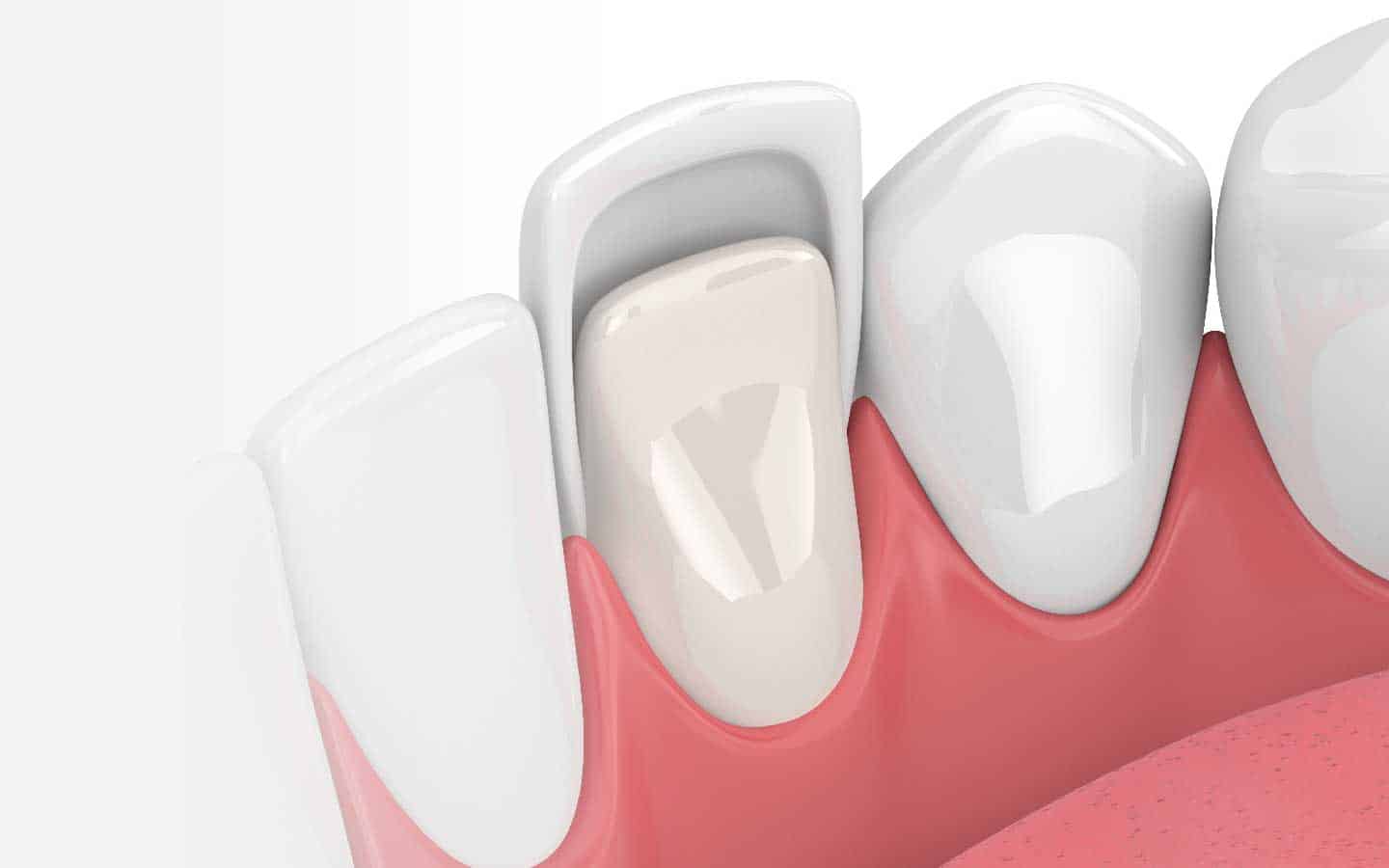Dental crowns have revolutionized the way we approach damaged or discolored teeth, restoring both functionality and aesthetics to a patient’s smile. However, for crowns to look natural, precise color matching is essential.
A well-matched crown blends seamlessly with the surrounding teeth, creating a uniform, attractive appearance. In this blog, we’ll explore the different types of crowns, the techniques used in color matching, and how patients can maintain the brilliance of their crowns over time.
What Are The Different Types Of Crowns Used In Cosmetic Dentistry?
The type of crown chosen for a patient is based on a balance between durability, aesthetics, and functionality. Here’s a look at the primary types used in cosmetic dentistry:
- Porcelain Crowns: These are popular for their natural appearance and are often used on front teeth, as they closely mimic the translucency of natural enamel. Porcelain crowns are highly customizable, allowing dental professionals to match color precisely with neighboring teeth.
- Porcelain-Fused-to-Metal (PFM) Crowns: These crowns have a metal core covered by a porcelain exterior, combining strength with an aesthetically pleasing appearance. PFM crowns are durable but may show a grayish tint near the gum line over time due to the metal underneath.
- Zirconia Crowns: Known for their strength and durability, zirconia crowns are suitable for both front and back teeth. They come in two forms: monolithic zirconia (more opaque) and layered zirconia (more aesthetic but slightly less durable). Zirconia crowns can also be color-matched, though they can sometimes appear less natural than porcelain crowns due to their opacity.
- Ceramic Crowns: Made entirely from ceramic material, these crowns provide a natural look similar to porcelain crowns and are often used for patients with metal allergies. They are also color-matched for aesthetics and blend well with natural teeth.
Each type of crown offers unique benefits, and a skilled dentist will recommend the best option based on the patient’s aesthetic goals and functional requirements.
How Do Dental Professionals Ensure Color Matching For Crowns?
The process of color matching dental crowns is both an art and a science. Dentists and lab technicians use several techniques to achieve a seamless look that complements the patient’s natural teeth.
- Shade Guides: Dentists typically use a shade guide—a collection of small, colored tabs representing different tooth shades—to select the best match for the patient’s natural teeth. They hold the guide next to the patient’s teeth under natural and artificial lighting to ensure consistency.
- Digital Imaging and Photography: Advanced imaging tools are also used to capture detailed images of the patient’s teeth. These photos can highlight subtle shade differences, which are then sent to the lab for precise replication.
- Custom Staining: In some cases, custom staining is applied to the crown to replicate natural tooth characteristics like translucency or slight color variations. Skilled technicians use specialized stains and glazes to mimic the unique features of adjacent teeth.
- Collaborative Lab Work: Cosmetic dentists often work closely with lab technicians to discuss and verify the color details. This collaborative approach ensures that the final crown closely matches the desired shade.
By combining traditional methods with technology, dental professionals can achieve a high degree of accuracy in color matching, ensuring crowns look natural and visually appealing.
What Factors Affect The Color Matching Of Dental Crowns?
While dental professionals are highly skilled in color matching, a few factors can complicate the process. These considerations help explain why some crowns might look different when initially placed or why they may change over time.
- Lighting Conditions: Different types of lighting, such as natural sunlight, fluorescent lights, or LED lighting, can alter the perceived shade of a tooth. Dentists generally try to assess tooth color under multiple lighting conditions to achieve a more accurate match.
- Tooth Translucency: Natural teeth are slightly translucent, which allows light to pass through them. Porcelain crowns, for example, can mimic this effect, while zirconia crowns may appear more opaque. Achieving the right balance of translucency is essential for a natural look.
- Underlying Tooth Color: The natural tooth under the crown may have a darker shade, which can affect the final color of the crown. This is especially relevant for PFM crowns, where the underlying metal can create a gray shadow if the porcelain is too thin.
- Aging and Natural Wear: Over time, natural teeth can change color, especially due to lifestyle factors like smoking or consumption of coffee and tea. If the crown was matched to the original color of the surrounding teeth, changes in the natural teeth may cause the crown to stand out.
- Material Limitations: Some materials, such as zirconia, may not have the same shading options as porcelain, which can limit color-matching accuracy.
These factors underline the importance of experienced professionals and patient involvement in the color-matching process to achieve the best aesthetic results.
How Can Patients Maintain The Color Of Their Dental Crowns Over Time?
Once a crown is placed, maintaining its appearance is just as important as the initial color-matching process. Proper care can help keep crowns looking bright and consistent with natural teeth.
- Practice Good Oral Hygiene: Regular brushing and flossing help prevent plaque buildup around the crown, which can dull its appearance and contribute to gum issues that may alter the crown’s fit and visibility.
- Limit Stain-Causing Foods and Drinks: Crowns, particularly those made from porcelain, are more resistant to stains than natural teeth but can still discolor over time. Limiting foods and beverages like coffee, tea, red wine, and tobacco can help preserve their brightness.
- Regular Dental Check-Ups: Visiting the dentist for regular cleanings and exams allows professionals to detect early signs of discoloration or wear, ensuring your crowns remain in optimal condition.
- Avoid Abrasive Toothpaste: Some toothpaste products are too abrasive for dental crowns and can cause microscopic scratches that dull the crown’s surface over time. Using a non-abrasive toothpaste can help keep crowns looking polished.
- Consider Professional Whitening for Natural Teeth: If you have dental crowns and your natural teeth become stained or discolored, consider professional whitening treatments for your natural teeth. Whitening your natural teeth can ensure a consistent color and prevent the crown from standing out.
By following these steps, patients can enjoy a long-lasting, natural-looking smile that includes well-maintained dental crowns.
Dental crowns are a powerful tool in cosmetic dentistry, providing both aesthetic and functional benefits. However, achieving a natural look requires more than simply placing a crown; it involves a meticulous color-matching process that takes into account lighting, materials, and the unique characteristics of each patient’s smile. At Cascade Dental, we specialize in creating crowns that blend seamlessly with your natural teeth, offering a truly transformative experience.
Choosing the right type of crown, understanding the factors that affect color matching, and practicing good maintenance habits can ensure that your crowns look their best for years to come. With the right techniques and guidance, dental crowns can help you achieve a beautiful, harmonious smile that radiates confidence and well-being.
Experience Exceptional Crown Matching and Aesthetic Care at Cascade Dental
At Cascade Dental, we are dedicated to helping you achieve a beautiful, natural-looking smile through expertly crafted dental crowns and personalized care. Our team understands the importance of a harmonious smile, and we use the latest techniques in color matching to ensure that your crowns blend seamlessly with your surrounding teeth.
Using advanced digital imaging, shade guides, and custom staining, we carefully match each crown to your unique tooth color, so you can feel confident that your smile looks authentic and balanced.
Our commitment to excellence goes beyond aesthetics. At Cascade Dental, we prioritize comfort and communication, ensuring that you feel informed and supported throughout every step of your treatment. From your initial consultation to the final fitting of your crown, our team is here to answer your questions and address any concerns, making your experience as comfortable and stress-free as possible.
If you’re ready to enhance your smile with the perfect blend of beauty and durability, Cascade Dental offers the expertise and care you need. Book your consultation today and discover how our tailored services can make your dream smile a reality.
Transparent Pricing and Quality Care at Cascade Dental
At Cascade Dental, we believe in providing high-quality cosmetic dental care that fits your budget. We offer a range of pricing options for dental crowns, depending on the material and complexity of your needs. During your initial consultation, we’ll discuss all available options, from porcelain and zirconia to ceramic and porcelain-fused-to-metal crowns, ensuring you understand the costs associated with each type. Our transparent pricing and financing options allow you to choose the best solution without unexpected expenses, making it easier to achieve the smile you deserve.
Start Your Journey to a Stunning Smile with Cascade Dental
Don’t let concerns about your smile hold you back any longer. Take the first step toward a radiant, confidence-boosting smile by scheduling your consultation with Cascade Dental. Our friendly team is ready to guide you through the process, answer your questions, and find the best treatment plan for you.
Transform your smile—and your confidence—with a personalized solution that fits your needs and budget. Book your appointment today and discover the Cascade Dental difference!




